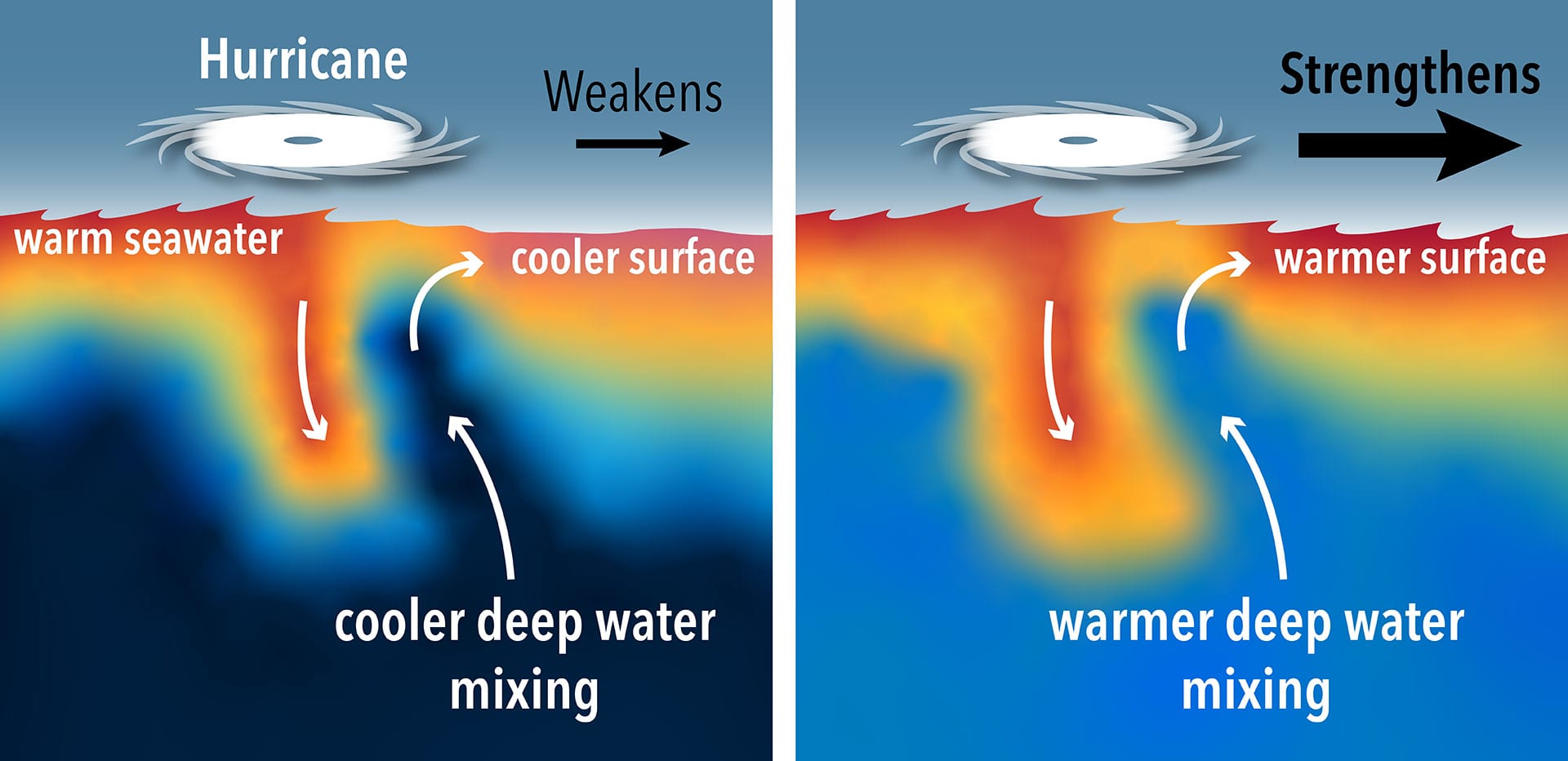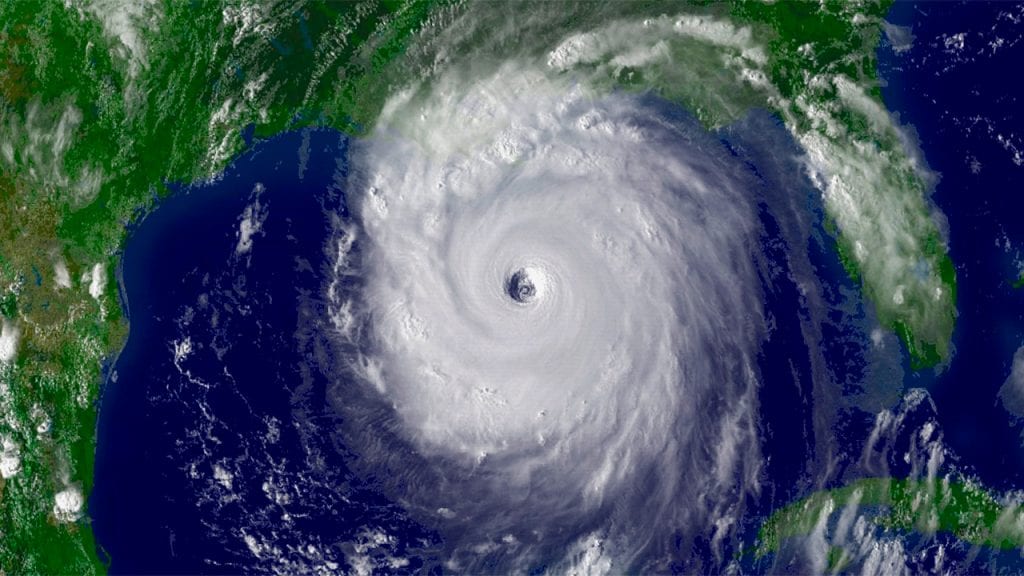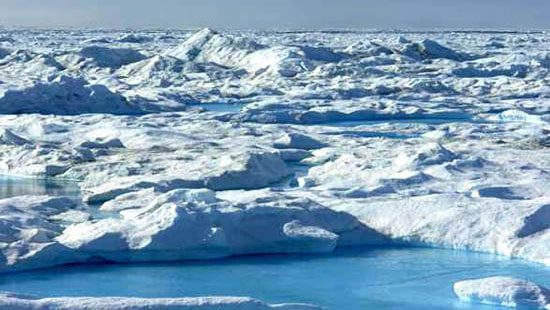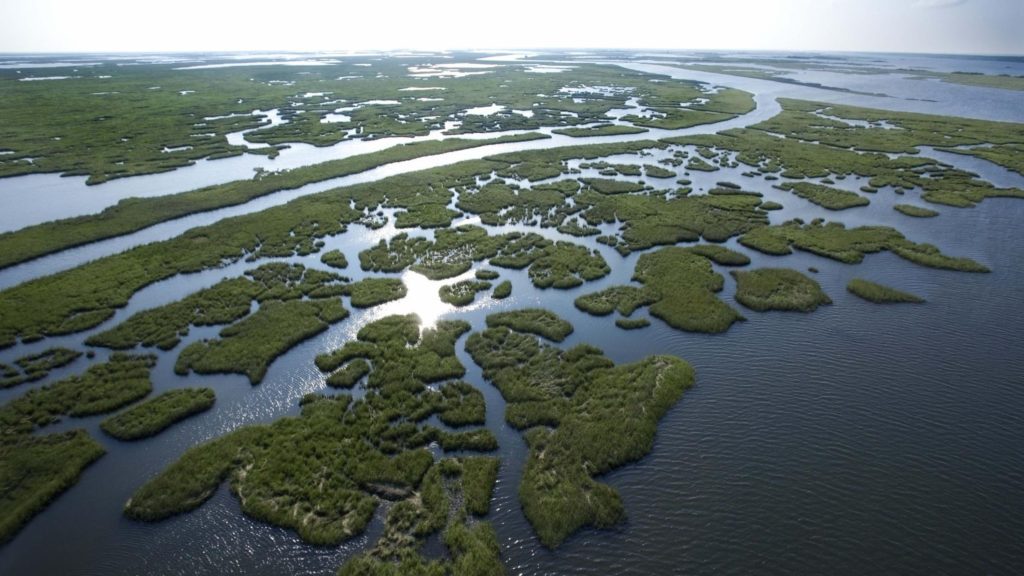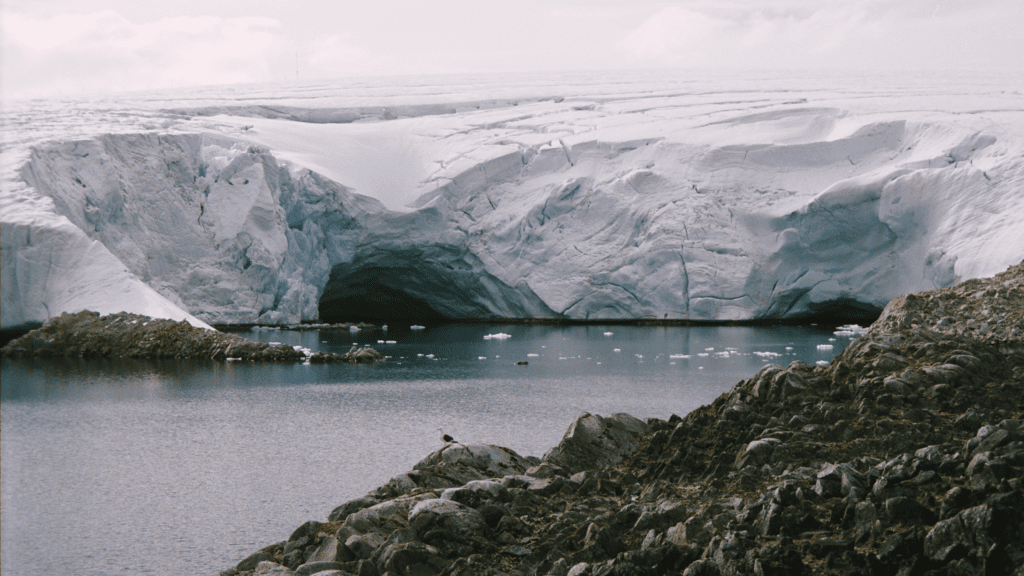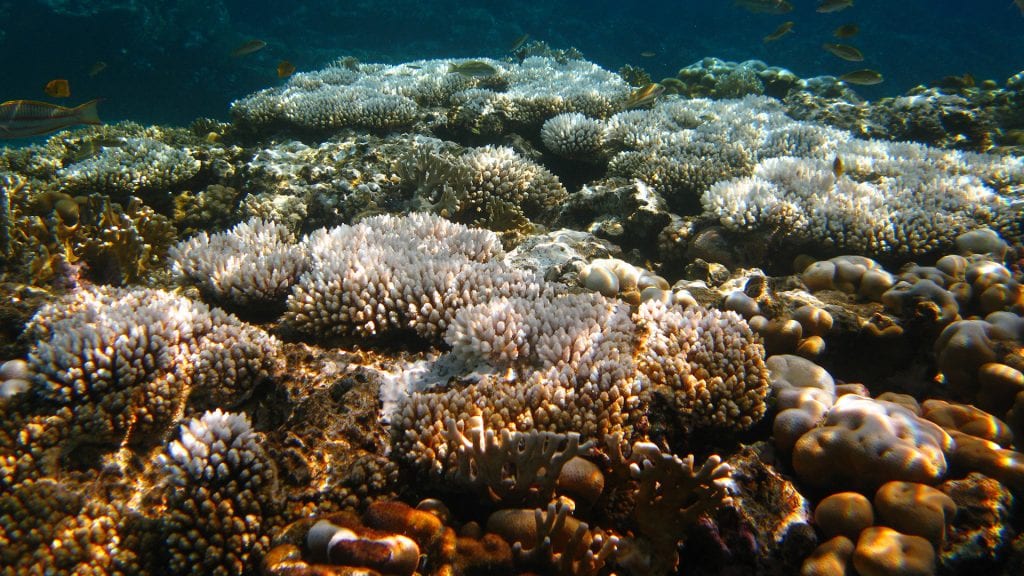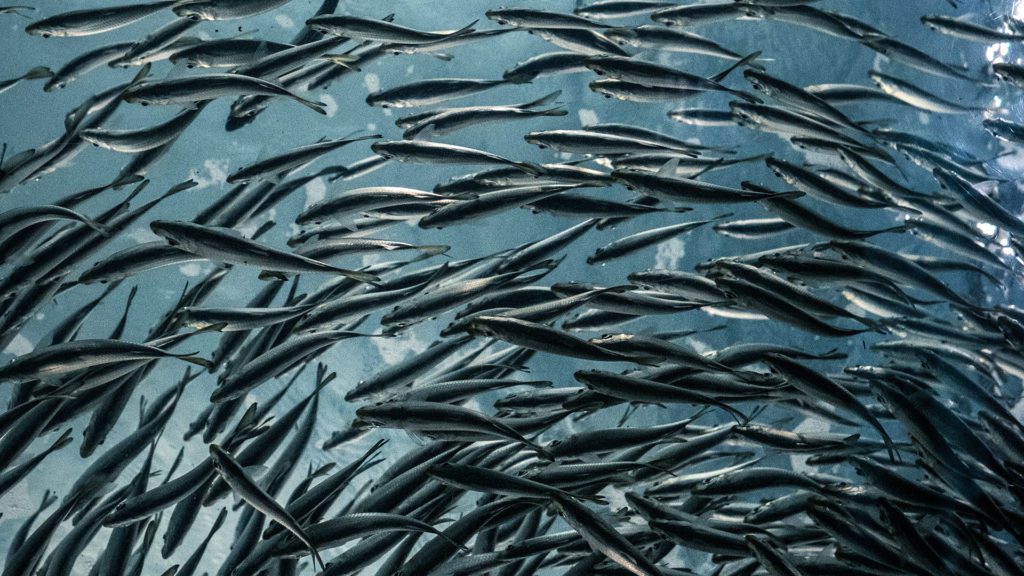Warm summer temperatures often bring thunderstorms. Under the right conditions, some of those storms can grow into large tropical storms. Or even monstrous hurricanes. These massive storms stretch hundreds of miles across. Their powerful winds and heavy rains cause billions of dollars of damage each year. Tropical storms require warm ocean waters. Many travel across entire oceans, gaining strength as they go. The ocean plays a huge role in how strong they eventually become.
When a thunderstorm forms, heat causes air to warm and expand. It rises up into the atmosphere. This creates low pressure at the earth’s surface, like a vacuum, that draws in air from surrounding areas. That air keeps feeding the vacuum, adding more water vapor to the growing clouds. Thunderstorms can form anywhere there’s humidity and enough heat to cause air to rise.
In the tropics, when storms move out over the ocean, they can begin to grow into something much bigger. The ocean surface is warm in the tropics—almost like bath water in certain places. When the sea surface is at least 80° Fahrenheit (27° Celsius), it can supercharge a thunderstorm. The storm sucks up that heat and water, which make the storm bigger. As it grows, air pressure at the center of the storm continues to drop, which causes the vacuum in the middle to grow stronger. More warm water is added to the storm, causing more clouds to build, more rainfall, and faster winds.
Earth’s spin on its axis deflects those winds, causing them to move in a circle. This creates the spinning tropical storm that we see on satellite images. Trade winds blow from east to west in the tropics, pushing the storm across the ocean toward land on the other side.
Depending on how the storm travels, it may continue to grow or weaken. Storms that stay over warm, tropical waters intensify. The winds around the calm, central eye of the storm get faster and faster. Winds in this eyewall are always the fastest in the storm and cause the most damage. The most powerful hurricane to hit the United States had winds estimated at 190 miles per hour.
Storms that pass over the Caribbean Sea and Gulf of Mexico often intensify very rapidly. Warm currents there create loops of warm water that fuel storms. When these storms make landfall, they damage buildings and flood areas near shore with a wave of water called a storm surge. Once over land, the storms lose contact with the warm waters and begin to weaken. As they travel across land, they can dump several feet of rain.
Sometimes storms move back out over warm waters and gain strength again. Often, they break apart over land or once they reach the cooler waters of the temperate oceans. But climate change is warming even those waters. Scientists estimate that hurricanes in the future will be stronger because the ocean will be warmer.
LEARN MORE
Hurricanes
Hurricanes are large rotating tropical storms with winds in excess of 119 kilometers per hour. They usually form in the Atlantic Ocean but can develop in other oceans as well.
Climate & Weather
The ocean plays a central role in global climate and regional weather patterns, including droughts, rainstorms, and hurricanes.
Aumann, H.H. et al. Frequency of severe storms and global warming. Geophysical Research Letters. October 3, 2018. doi: 10.1029/2008GL034562.
Buis, A. How climate change may be impacting storms over Earth’s tropical oceans. NASA Global Climate Change Blog. https://climate.nasa.gov/blog/2956/how-climate-change-may-be-impacting-storms-over-earths-tropical-oceans/. March 10, 2020.
Geology.com. What was the largest hurricane to hit the United States? https://geology.com/hurricanes/largest-hurricane/. Accessed on January 29, 2021.
Lubofsky, E. ‘High-octane’ hurricane fuel swirls in the Gulf of Mexico. Oceanus. November 8, 2020. https://www.whoi.edu/oceanus/feature/high-octane-hurricane-fuel-swirls-in-the-gulf-of-mexico/
Morsink, K. Hurricanes, Typhoons, and Cyclones. Smithsonian. https://ocean.si.edu/planet-ocean/waves-storms-tsunamis/hurricanes-typhoons-and-cyclones. Accessed on January 28, 2021.
NASA. Warming seas may increase frequency of extreme storms. January 28, 2019. https://climate.nasa.gov/news/2837/warming-seas-may-increase-frequency-of-extreme-storms/
NOAA. How does the ocean affect hurricanes? https://oceanexplorer.noaa.gov/facts/hurricanes.html Accessed on January28, 2021.
University of Miami. Study targets warm water rings that fuel hurricane intensification in the Caribbean Sea. Phys.org. February 23, 2017. https://phys.org/news/2017-02-fuel-hurricane-intensification-caribbean-sea.html
WHOI. Hurricanes. https://www.whoi.edu/know-your-ocean/ocean-topics/hazards/hurricanes/ Accessed on January 28, 2021.
DIVE INTO MORE OCEAN FACTS
Sea level rises when land sinks
People around the world are worried about rising sea levels. Much of this increase comes from melting polar ice and ocean waters that expand as they warm. But along many coastlines, sea level rises much more than we might expect simply from changes in the ocean.
How do glaciers affect sea level rise?
Sea levels have risen and fallen throughout geologic history due to a myriad of natural processes, most notably the forming and melting of glaciers.
Why do corals bleach?
Corals have a symbiotic relationship with algae. The algae gives corals their color and provides them with food. In return, corals provide the algae with a place to live.
How does ocean warming affect fisheries?
The ocean has absorbed 93% of excess heat from human activities, raising its temperature by 1.5°F since 1901. Warming oceans impact fish migration, leading to conflicts and overfishing.

